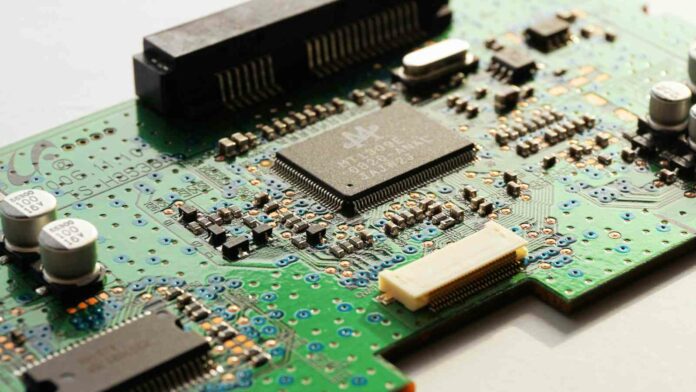2024 hasn’t been kind to DRAM prices, as we’ve already seen up to a 20% increase in the cost of SSDs and memory. Unfortunately, it doesn’t look like things will get any better in Q3, as analysts believe we’re set for another round of inflation.
TrendForce predicts another 5-10% in conventional DRAM, including HBM (high-bandwidth memory) chips. In the PC space, this translates to a 3-8% bump in DDR4, DDR5, and GPU VRAM prices from next month, just as the best graphics card deals were starting to crop up, too. Since there’s still plenty of previous-generation memory in stock, the latest tech will likely be the target. Meanwhile, server prices will be hit the hardest, with a jump as high as 13% compared to the few months just gone.
The reason for the hike largely rests on artificial intelligence (AI). As adoption speeds up, demand for AI-capable hardware has increased significantly. We’ve already seen TSMC re-evaluate its production fees as a result of capacity constraints. After all, if there’s little to go around, then it’ll always go to the highest bidder. The problem is that manufacturers almost always pass the added cost onto us, the consumer.
There’s no telling how this will affect Nvidia GeForce RTX 50 series graphics card prices. Consumer Blackwell GPUs are just around the corner, with whispers pointing towards a late Q3 or Q4 release. Since rumours suggest most will carry GDDR7, which already costs just short of 30% more than GDDR6, it certainly doesn’t bode well.
I could say the same for HBM, which is also pricey and a primary focus for chipmakers moving forward. While the standard is better suited to workloads and not gaming (after all, GDDR has better latency), Taiwanese manufacturers are already converting capacity towards HBM. This will inevitably pull stock away from GDDR, raising the price of both anyway.


